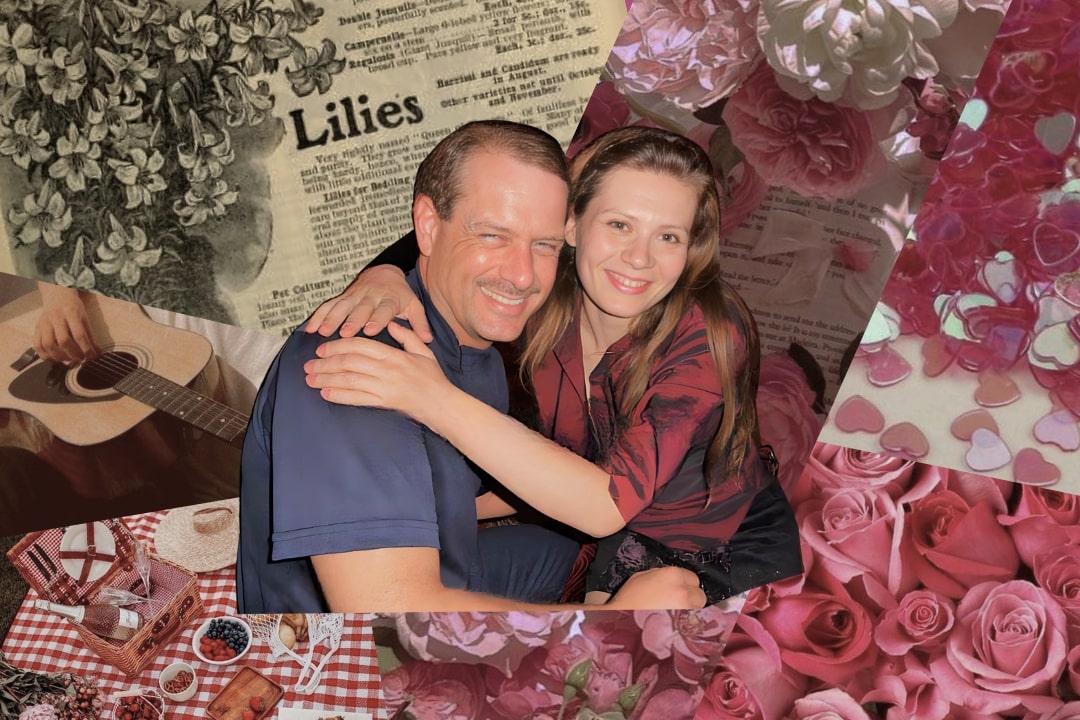
The striking complexity of age gaps in relationships
By Jonathan Barazzutti, March 6 2024—
As the standards for what is considered normal romantic and sexual behaviour continue to change throughout the decades, an issue which repeatedly pops up within casual discussions of relationships is the issue of age gaps. There is often a stigma attached to relationships which have an excessively large age gap, especially when the older person in the relationship is a man. This is due to a suspicion that gendered power dynamics are at play within such relationships.
This article will primarily focus on heterosexual relationships because of the interplay between gendered dynamics and age differentials, which is often discussed in tandem in discussions surrounding relationships. The majority of relationships where an age gap exists are in fact ones where the man is older than the woman.
What is particularly interesting is examining the reason why this gendered pattern exists. In a 1989 study published in Behavioral and Brain Sciences, David M. Buss examined sex differences in human mate preferences using data drawn from 37 samples in 33 countries located on six continents and five islands. What he found was that across all countries, there was an age gap between couples where the male spouse was older. This difference amounted to an average of 2.99 years across all samples. However, there was another consistent pattern: in every country, women tended to prefer older men while men tended to prefer younger women. More recently, in 2020 Pew Research published an article which found that in every country studied, women were on average younger than their male partners.
Hence we can see two major observations. First, that women tend to prefer older men and men tend to prefer younger women, and second, that spousal age differences reflect that preference. I will not delve into anthropological explanations for why this might be the case. However, given the cultural ubiquity of this pattern, the pattern is likely heavily due to natural or socially intractable factors.
While there is a fear held by many about how many relationships exist which consist of an older male and a younger female, this disproportionate relationship arrangement is in fact partly due to the preferences which men and women tend to have.
That being said, it is undeniable that power dynamics can play a massive role within these relationships. We already have cultural stigmas and legal restrictions against sexual relationships between individuals with extreme age gaps, such as those between an adult and a child. Similar situations arise with sexual relationships where an age differential may not exist but a power differential does, such as between an employee and their boss.
Age naturally presents a power imbalance due to its strong associations with differences in maturity, as well as with wealth and social status. This power imbalance is exacerbated in younger-female older-male relationships because men tend to have greater levels of wealth in society. In situations with significant power differentials, it is difficult to actually assess whether consent is given, even if there nonetheless tends to be a preference among people in favour of pursuing these types of relationships. The issue becomes even more complicated when in some cultures there may be familial pressures in place, for example, for a woman to be married off to a wealthier older man.
Perhaps in these situations, we need a quick and dirty rule to culturally assess when an age gap becomes too extreme in a relationship. An example of this is the “half-your-age-plus-7 rule”, which states that the minimum socially acceptable age at which a person can date is half their age plus seven. This specific rule may place the minimum acceptable age at too high or too low, but it is an example of placing an approximate line which can help us distinguish a culturally acceptable relationship from a culturally unacceptable one. Beyond the legal restrictions we place on certain age gaps in relationships, the issue of age gaps in relationships will continue to be widely discussed within our cultural climate.
This article is a part of our Opinions section and does not necessarily reflect the views of the Gauntlet editorial board.
